Too much. Or not enough. It’s the never-ending challenge with moisture and agriculture.
This year is no different.
The Lone Star State has faced wild weather this spring—torrential rains, flooding, hailstorms and tornados.
It’s a far cry from the drought conditions that once plagued a majority of the state.
But the wet weather brings a different set of challenges for farmers and ranchers.
Here’s what it looked like across parts of the Lone Star State:
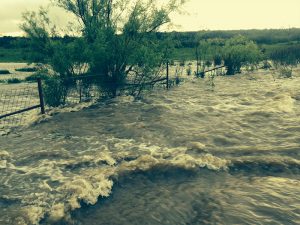
Photo by Owen Bean of Blanket, Texas
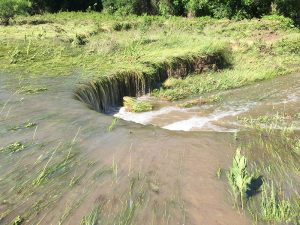
Photo by Shane Tucker of Sidney, Texas
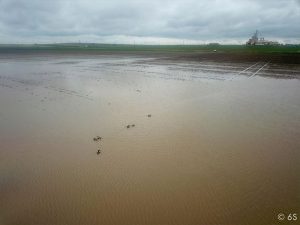
Photo by Adrienne Synatschk of Olton, Texas
It’s too wet to plant cotton, and it’s too wet to spray weeds or apply fertilizer. And crops that have been under water for an extended period of time are showing signs of stress.
Late planting causes more problems for farmers. A shorter growing window reduces the chances for a quality yield, which means farmers are adding more risk to an already stressful season.
Farmers and ranchers also need to cut hay. But ample rains, which helps the grass grow, is preventing them from cutting and baling their hay. Last year, there was a shortage, so farmers are counting on this year’s crop to help replenish their supplies.
The added stress comes at a tough time. Low crop prices, falling farm income and ongoing trade wars make it difficult to keep farmers on the land and even more challenging to bring new farmers to the field.
Still, after many years of drought, you don’t hear too many complaints about the rain.
Many farmers and ranchers are thanking the good Lord for the moisture. Others are just asking him to spread it out a bit.
And as the sun comes back out and the rains have slowed, farmers head back to the field, working long hours to help make up for lost time.

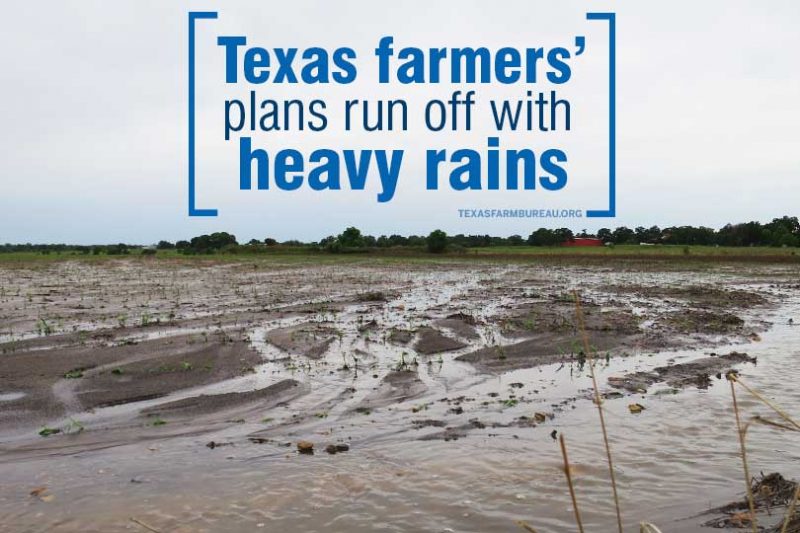
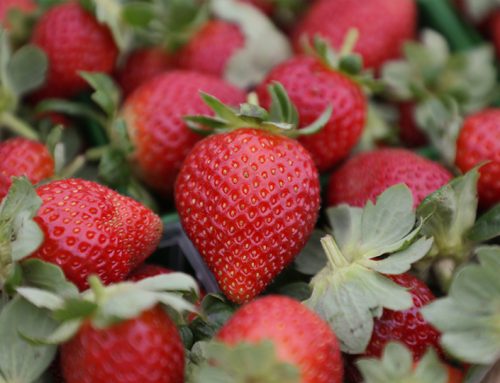
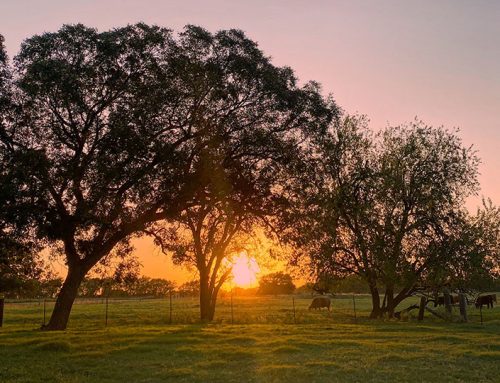
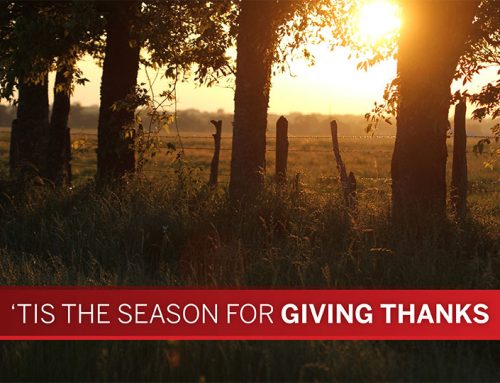
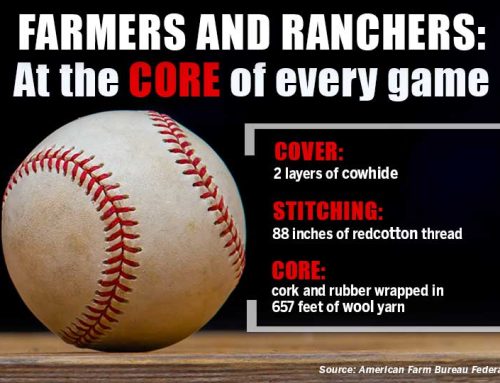
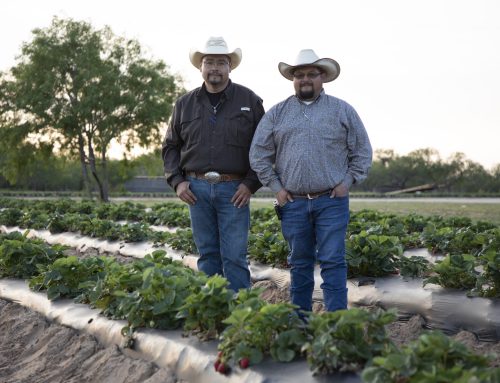




Leave A Comment